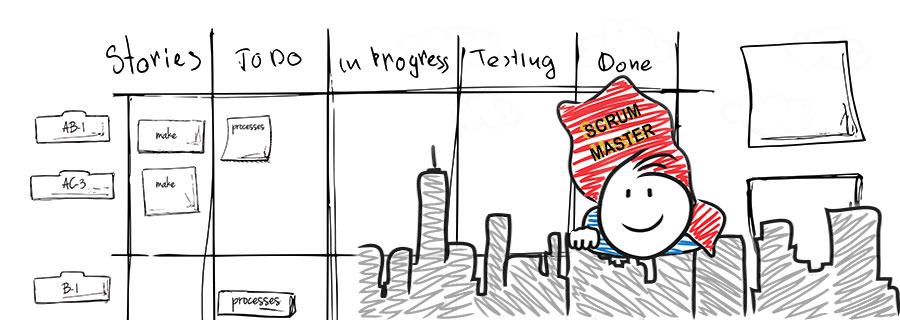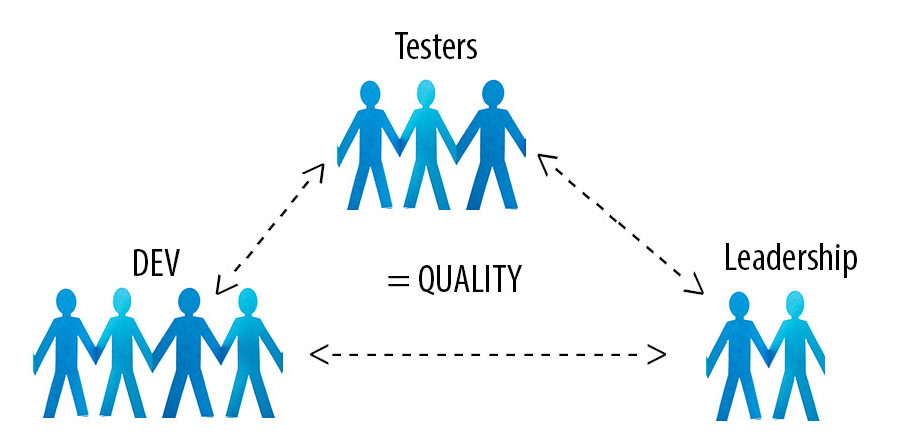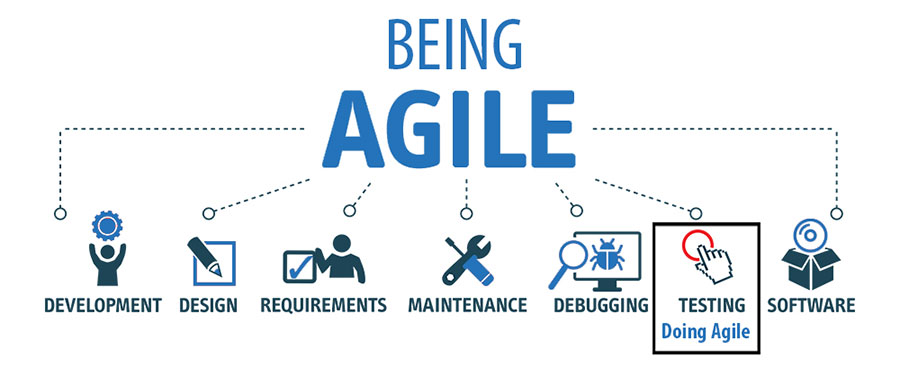What Do ScrumMasters Do Besides Facilitate Meetings?
When I first received my ScrumMaster certification, I regularly asked the senior ScrumMasters I worked with what I was supposed to do, besides facilitate Scrum events, enforce Scrum rules, and remove impediments. I tried to be a good ScrumMaster and worked with multiple teams, so I stayed busy, but I had heard that great ScrumMasters could only handle one team at a time. I didn’t understand what could take up that much time. As I gained more experience as a ScrumMaster I began reviewing...









